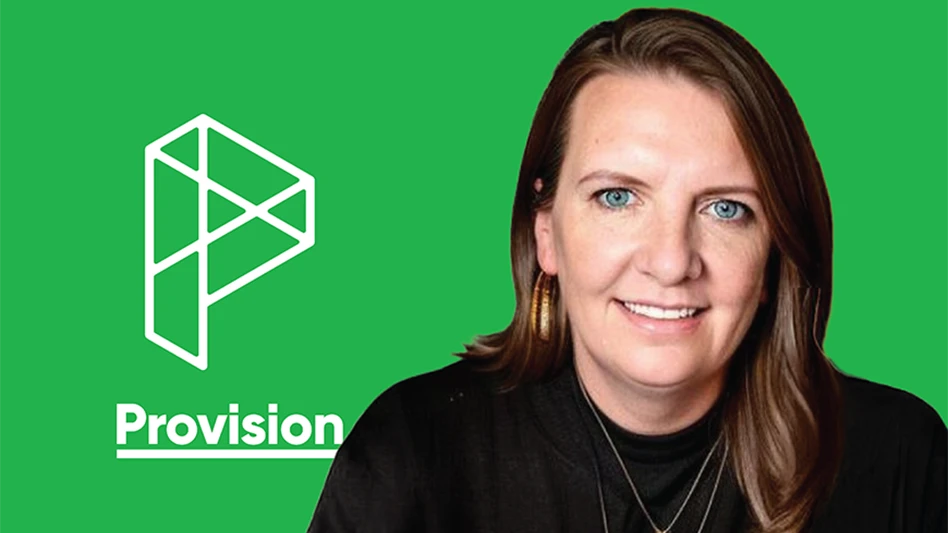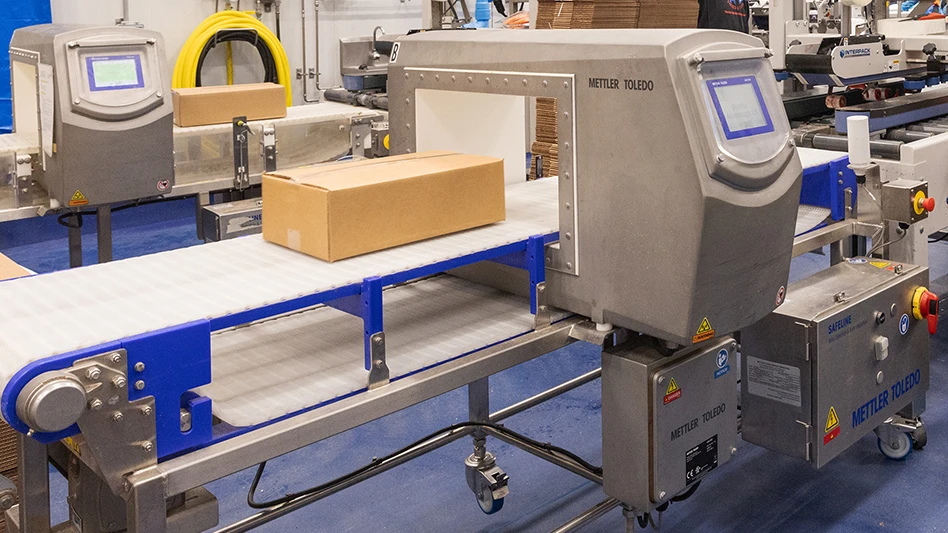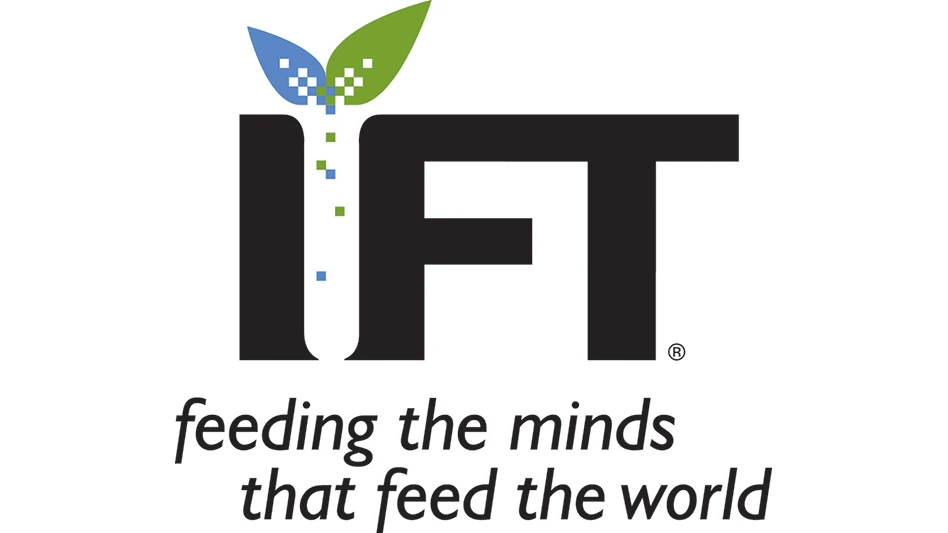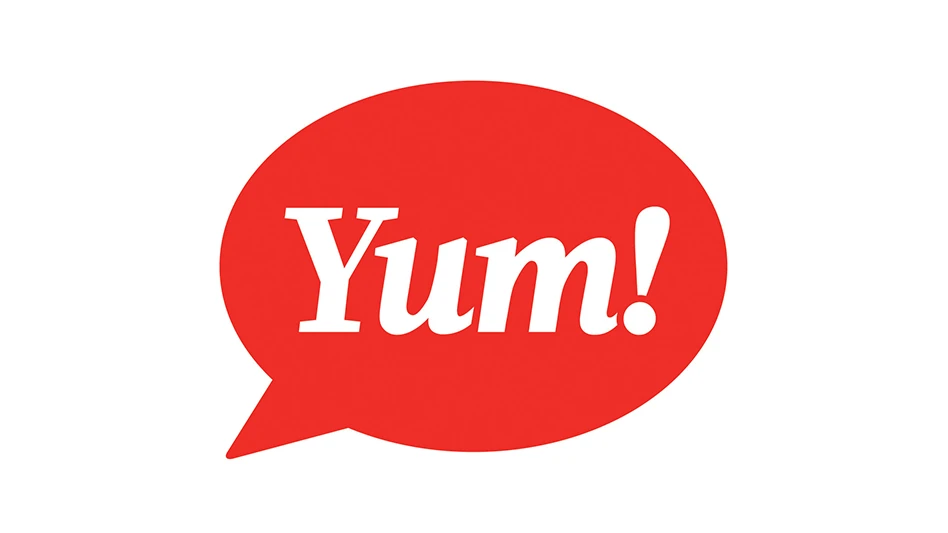
An exclusive interview with Mike Robach, Cargill Vice President of Corporate Food Safety and Regulatory Affairs

By Lisa Lupo
According to a 2016 study conducted by LabelInsight, 94% of consumers surveyed said it is important that brands and manufacturers are transparent about what is in their food and how it is made. And that focus is only likely to increase as consumers seek information wherever it can be found. It is for just such reasons that Cargill has been proactive in opening its doors and telling its story to foster understanding, relay the realities of the food industry, and build consumer trust.
OPENING DOORS. How do you tell the story in a clear, direct way that resonates with consumers? “It can be a very daunting challenge because people get information from a variety of sources, and when you’re trying to tell your story you’re going up against information on the internet that isn’t correct,” said Cargill Vice President of Corporate Food Safety and Regulatory Affairs Mike Robach. So Cargill strives to communicate from a variety of channels to make sure the story is relevant and true: telling its own story and working through trade associations, producer groups, suppliers, farmers, customers, NGOs, academia — and the media.
“We feel that we’ve been working hard in this area for some time,” Robach said. “We recognize we’re living in a world where customers and consumers want to know more about their food; about where it comes from, how it is produced, and how it reaches them. And we think that is something that consumers have a right to know.”

And, he added, “I think we’ve learned over the years that we’re in the best position to tell our story. Often, if you don’t tell your story, someone will tell it for you. That’s not a situation you want to be in.”
Telling your story and being transparent also builds trust with your customers, consumers, employees and other stakeholders. “We do have a good story to tell about food safety,” Robach added. “We’ve worked really hard to put our systems in place and we continually evolve and improve our system. We want to be able to tell that story and help people understand what we do and how we do it.
“There is a risk associated with opening the door, but we’ve found there’s usually a greater reward.” But there also is heightened responsibility. As Robach said, citing former Cargill CEO Greg Page, “In a world where you can’t hide anything, you better not have anything to hide.”
COMMUNICATION INITIATIVES. While Cargill has opened its doors for years — to the likes of Oprah, Frontline, and QA magazine, Robach sees consumer desire for such transparency as an increasing trend. “As information becomes more available to more people, it’s becoming more interesting to them.” Additionally, he said, many people, especially those who live in urban areas, are far removed from food production. So, in recent years, Cargill has provided video footage of its facilities to a number of its customers, such as McDonald’s, that they can share with their customers.
Additionally, the Global Food Safety Institute (GFSI), of which Robach is the current Chairman, invites stakeholders throughout the supply chain, from producers to consumers, to share in discussions on what the food industry does in terms of producing, processing, and distributing foods, to increase consumer confidence in what they’re buying. Cargill also works with the Partnership for Food Safety Education (PFSE) to help educate consumers on their role in the supply chain. “We do a lot of things with how we raise animals and process, and distribute products; but we also have to work in a way that consumers understand that they have a role in food safety,” he said, adding, “I think it’s really important that we do this in an open transparent way.”
An initiative the company has undertaken with PFSE is a video program, “The Story of Your Dinner” highlighting what the industry does with food before it reaches the consumer’s table. One such video showed how turkeys are processed to ensure they are safe for holiday dinners; but it also included information on food safety in the home, “that consumers have a role to play to ensure it is properly prepared, served, and stored afterward — avoiding cross contamination, and making cleaning, cooking, chilling, and separating part of that process.” In the planning stages for this year is the production of videos and materials for schools to teach kids about home food safety practices, he said.
HUMANE TREATMENT. Animal welfare is an age-old topic of consumer concern and industry focus. But the increasing proclivity of consumers toward non-meat diets also has shined a spotlight on humane treatment of food animals. How has Cargill responded?
Just as the company’s transparency can be traced back decades, so too can its focus on animal welfare. In fact, Cargill was the first to use the humane cattle-handling system of world-renowned, animal-welfare expert Temple Grandin. After piloting the program in 1991, Cargill rolled out the design revisions across all of its beef and pork facilities in North America, setting a new standard in humane livestock treatment.
“Fundamentally we believe that food animals deserve respect; they should have dignified lives and deserve appropriate treatment. That’s why we started working with Temple, because her designs aid in keeping animals calm and safe and we think that’s extremely important,” Robach said.
“Regarding veganism and vegetarianism, we respect choice and people’s rights to choose their diets. But for people who are interested, we’re happy to talk about what we do around animal welfare.” In fact, he said, Cargill has been part of SSAFE working with the World Organization for Animal Health (OIE) in establishing science-based principles for animal welfare. “We’re now going through a process to transform those into an ISO framework, so people can start building animal welfare systems that meet international standards,” Robach added.
“We have a very strong feeling about animal welfare,” he said. “Everybody recognizes that humane treatment of animals is important from an ethical standpoint, but things that contribute to animal welfare also contribute to quality and safety: making sure there’s proper housing, clean water, nutritious feed, judicious use of antibiotics, and good care in humane handling are all elements that to us make good business sense.”
BE PROUD OF WHAT YOU DO. When the Oprah show filmed Cargill’s Fort Morgan, Colo., plant and Frontline visited its Springdale, Ark., turkey facility, the people were proud to show the producers, reporters, and camera operators what they were doing and excited about being able to share that, Robach said. “That builds ownership, that really builds food safety culture, because people can be really proud of what they do, and they have an opportunity to showcase it.”
Believing in the non-competitiveness of food safety, Cargill also shares with the industry its food safety best practices and technology. “The differentiation between good and great is around implementation and execution,” Robach said. “We’re not just saying things; we’re out there doing things. Sometimes we have an occasional miss, but when that happens we take responsibility for it. We do root cause analysis, and we fix the problem,” he said. “We believe that consumers come to us because they see our results.”
Those results are due to Cargill’s daily work with its associates to ensure they have the training to understand what they’re doing and why, and they have the tools to accomplish their work, he said. “It’s a 24/7/365 endeavor. You don’t just put systems in place and walk away. It’s not just about having the best system and best facilities, it’s about having the best people and a tireless focus on implementation and execution.”
Then, it’s about allowing your people to have ownership of what they do and how they do it. “Food safety culture is about driving ownership and empowering employees to bring forward best practices,” he said. “The operators know the best way to do what they do. As long as they understand what we’re trying to accomplish, they can be very innovative in their approach.”
GLOBAL LEADERSHIP. Cargill has 1,500 food-producing plants in 70 countries, operating in agriculture, oil grains, oil seeds, food ingredients, animal protein, salt, and animal nutrition. All of the facilities operate against the same food safety system with ownership from the factory floor through plant management to the CEO. And, Robach said, “Given the fact that we’re involved in just about every supply chain and we’re involved geographically across the globe, I always look at us as being in a unique position to help lead the effort around continuous improvement in food safety.”
This was one of the reasons the company got involved in GFSI — to help grow the organization; design systems based on the international standards and develop and promote food safety management systems that address the elements of those standards.
“To us,” Robach said, “it’s about harmonizing, it’s about doing risk assessments and having systems in place to mitigate that risk regardless of where you are in the world. At Cargill, we talk about having safe food everywhere every time, and at GFSI, we talk about safe food for consumers everywhere. So we have very similar messages and, given our position in the food supply chain, we feel that it is important for us to take a leadership role.”
INDUSTRY RESPONSIBILITY. Related to transparency, Robach believes the industry needs to be focused on continuous improvement. “We need to be implementing new technology when it becomes available that helps us do our jobs better; we need to share more openly when we do have failures and that root cause analysis; and we need to make sure that, as there are emerging risks, we collectively talk about those risks — because what happens to one player in the marketplace impacts everybody else.”
An example of this is the early 2018 romaine lettuce outbreaks for which the source could not be specifically discerned, the number of resulting illnesses, and the amount of potentially safe romaine that was discarded by consumers and the food industry as a whole. “It goes back to that we as an industry need to be doing things that will allow us to identify and limit the extent of that,” Robach said. “We talk about food security on one hand and access to safe and nutritious food, but we’re throwing away tons and tons of good product simply because we don’t know. And that’s not right.”
As such, he said, “We have an obligation to continue this drive toward transparency and continue to have open dialogue with all the stakeholders, from producers all the way to consumers, about how we can best share best practices and how we are all part of the same food system continuum. We’re in this together.”
The author is Editor of QA magazine. She can be reached at llupo@gie.net.
Get curated news on YOUR industry.
Enter your email to receive our newsletters.
Explore the June 2018 Issue
Check out more from this issue and find your next story to read.
Latest from Quality Assurance & Food Safety
- IFT DC Section to Host Food Policy Event Featuring FDA, USDA Leaders
- CSQ Invites Public Comments on Improved Cannabis Safety, Quality Standards
- Registration Open for IAFNS’ Fifth Annual Summer Science Symposium
- Leaked White House Budget Draft Proposes Shifting Inspection Responsibilities from FDA to States
- Chlorine Dioxide: Reset the Pathogenic Environment
- Ferrero Group Invests $445 Million in Ontario Production Facility
- Nelson-Jameson Announces Grand Opening for Pennsylvania Distribution Center
- Taylor Farms Linked to Romaine E. coli Outbreak as Marler Clark Files Multiple Lawsuits Against Supplier






